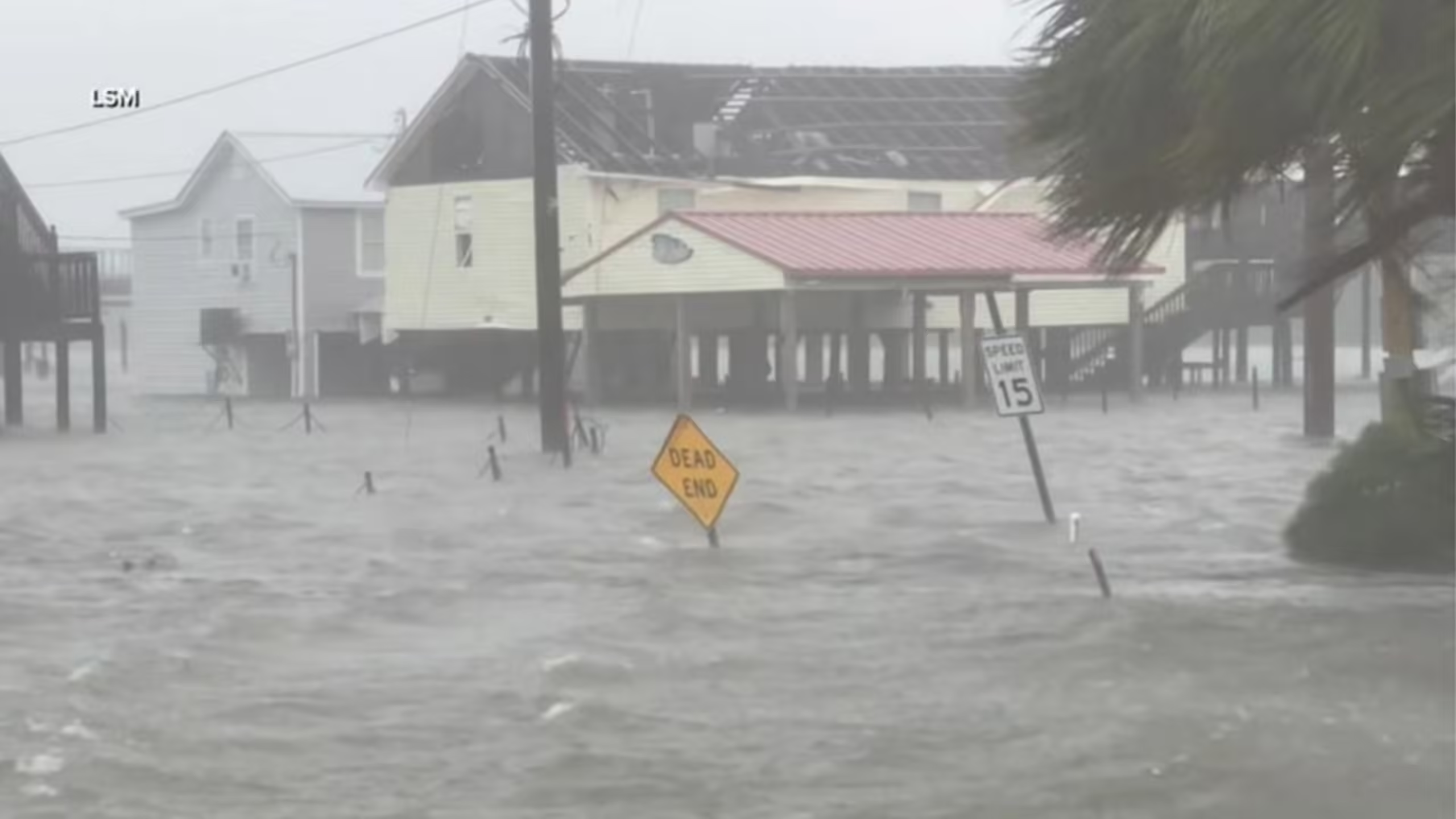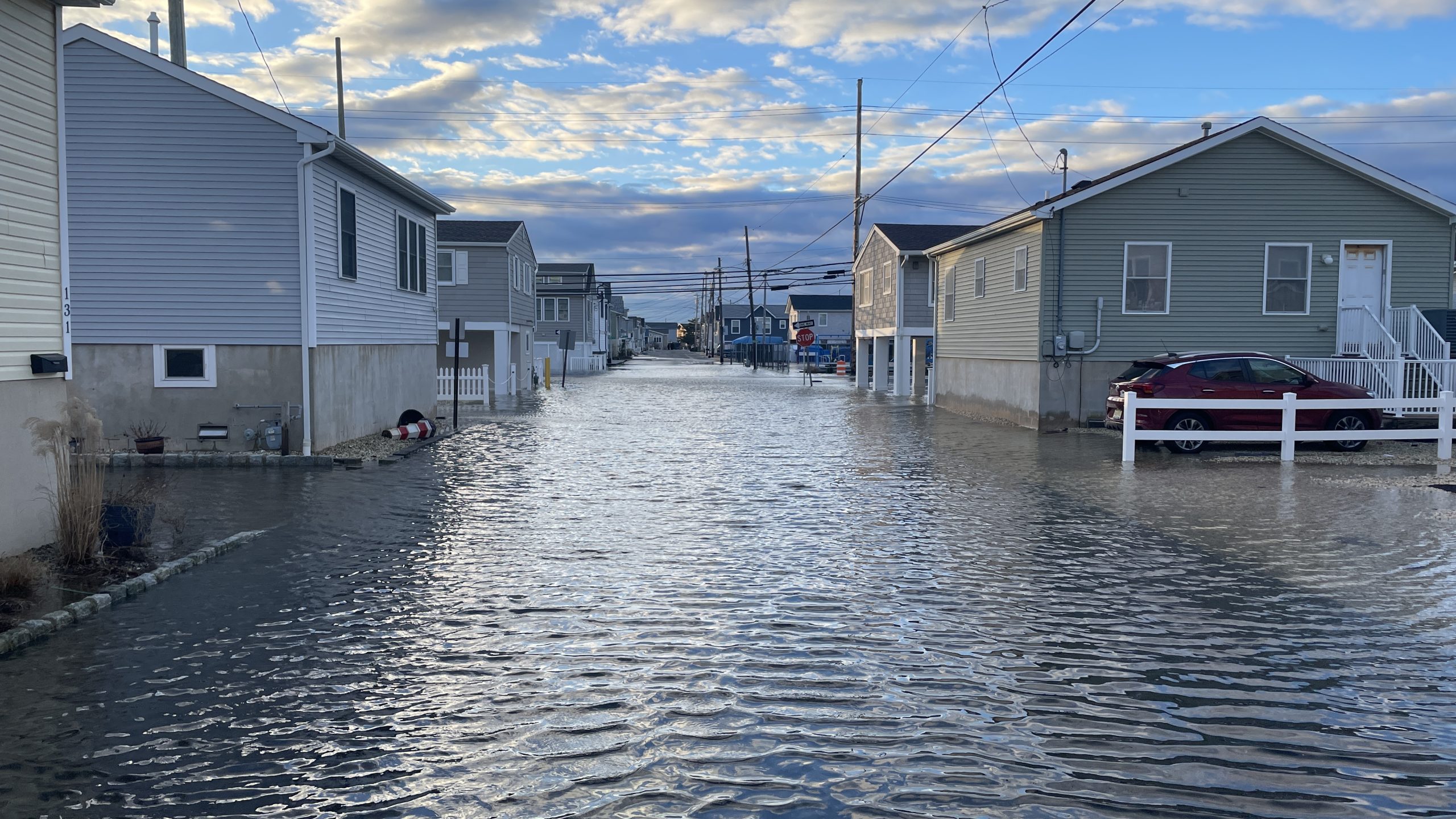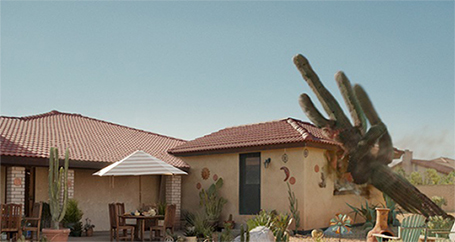
What Is Storm Water?
Storm water is water that originates from rainfall or snowmelt that doesn’t get absorbed into the ground. Instead, it flows over surfaces like roads, roofs, and lawns, eventually making its way into storm drains, rivers, lakes, or the ocean. While some storm water is absorbed naturally by the soil, in urban areas with a lot of concrete and asphalt, much of it runs off into drainage systems, picking up contaminants along the way.
The real danger of storm water lies in what it carries with it as it flows. Storm water can pick up pollutants, chemicals, bacteria, and other hazardous materials from various surfaces. When it enters bodies of water or your home, these contaminants can create health and environmental risks.
Why Is Storm Water Dangerous?
Storm water can be dangerous for several reasons, including flooding, contamination, and physical hazards. Here are the key dangers you need to be aware of:
1. Flooding and Water Damage

One of the most immediate dangers of storm water is flooding. Heavy rainfall can overwhelm drainage systems, leading to water pooling in streets, homes, and basements. Flooding can cause significant property damage, weaken the foundation of your home, and lead to long-term issues like mold growth.
If storm water has caused flooding in your home, you need to act quickly to remove the water and dry out affected areas. Citywide Mold Mitigation can help with water extraction and mold prevention services to minimize damage.
2. Bacterial and Viral Contamination
Storm water often picks up bacteria and viruses from the ground, especially if it comes into contact with animal waste, sewage overflow, or contaminated soil. This can lead to the spread of waterborne diseases like E. coli, Salmonella, and even Hepatitis A. Exposure to contaminated storm water can occur through direct contact, inhalation of waterborne particles, or consumption of contaminated food and water.
If you come into contact with floodwater or storm water runoff, be sure to wash thoroughly with soap and water and avoid contact with open wounds. It’s also essential to ensure your drinking water is safe if your area has been affected by flooding.
3. Toxic Chemical Runoff
Storm water can also carry toxic chemicals from roads, industrial sites, and lawns. Oil, gasoline, pesticides, fertilizers, and heavy metals can be swept into storm drains and waterways, posing environmental and health risks. These chemicals can contaminate drinking water supplies, harm wildlife, and contribute to long-term environmental degradation.
For more information on how storm water pollution impacts the environment, check out this EPA guide on urban runoff and water quality.
4. Debris and Physical Hazards

Another danger of storm water is the debris it can carry. Branches, trash, glass, and other sharp objects can be swept up in storm water and create hazards for both people and property. Debris carried by fast-moving water can damage homes, vehicles, and infrastructure, as well as pose a risk to anyone wading through floodwaters.
5. Mold Growth
Flooding caused by storm water can lead to mold growth in your home if water isn’t removed quickly and properly. Mold thrives in damp environments, and it can start growing within 24-48 hours of water exposure. Mold can cause serious health problems, including respiratory issues, allergies, and even long-term lung damage.
If your home has been exposed to storm water, it’s important to address the water damage immediately. Citywide Mold Mitigation offers mold remediation services to prevent the spread of mold and ensure your home stays safe and healthy.
How to Protect Yourself and Your Home from Storm Water Dangers

While storm water can be dangerous, there are steps you can take to protect yourself, your family, and your property. Here’s what you can do:
1. Install Proper Drainage Systems
Ensuring that your home has proper drainage is one of the best ways to prevent storm water from causing damage. Install gutters, downspouts, and French drains to direct water away from your home’s foundation and prevent flooding in your basement or yard.
2. Keep Storm Drains Clear
Clogged storm drains can cause water to back up and flood streets and homes. Regularly clear leaves, trash, and debris from storm drains near your home to help prevent blockages.
3. Use Sandbags During Severe Storms
In areas prone to flooding, sandbags can help create a barrier to keep storm water away from your home. Place sandbags around doorways, windows, and other entry points where water might seep in during heavy rainfall.
4. Avoid Contact with Storm Water
If possible, avoid direct contact with storm water, especially if it’s pooled in streets or basements. Storm water can contain bacteria, viruses, chemicals, and debris that can harm your health. Wear protective clothing, boots, and gloves if you need to handle storm water, and wash thoroughly afterward.
5. Monitor Weather Alerts
Staying informed about severe weather conditions can help you prepare for potential storm water hazards. Sign up for weather alerts, monitor local forecasts, and be ready to take action if heavy rain or flooding is expected in your area.
FAQ
| Question | Answer |
|---|---|
| Can storm water make you sick? | Yes, storm water can carry bacteria, viruses, and toxic chemicals that pose health risks. Exposure to contaminated storm water can lead to waterborne illnesses and infections. |
| How can I prevent storm water from damaging my home? | To prevent damage, ensure your home has proper drainage systems, clear storm drains regularly, and use sandbags during severe storms to keep water away from your home. |
| Is storm water dangerous to the environment? | Yes, storm water can carry pollutants like oil, chemicals, and debris that harm the environment. It can contaminate water supplies, damage ecosystems, and threaten wildlife. |
| What should I do if storm water floods my home? | If your home is flooded by storm water, remove the water as soon as possible to prevent further damage and mold growth. Call a professional water damage restoration service like Citywide Mold Mitigation to help with cleanup and mold prevention. |
| How do I stay safe during a flood caused by storm water? | Avoid contact with floodwaters, stay indoors, and monitor local weather alerts. If you must evacuate, avoid walking or driving through floodwaters, as they can be deeper and more dangerous than they appear. |
If storm water has caused damage to your property, contact Citywide Mold Mitigation for expert water damage restoration and mold remediation services.

